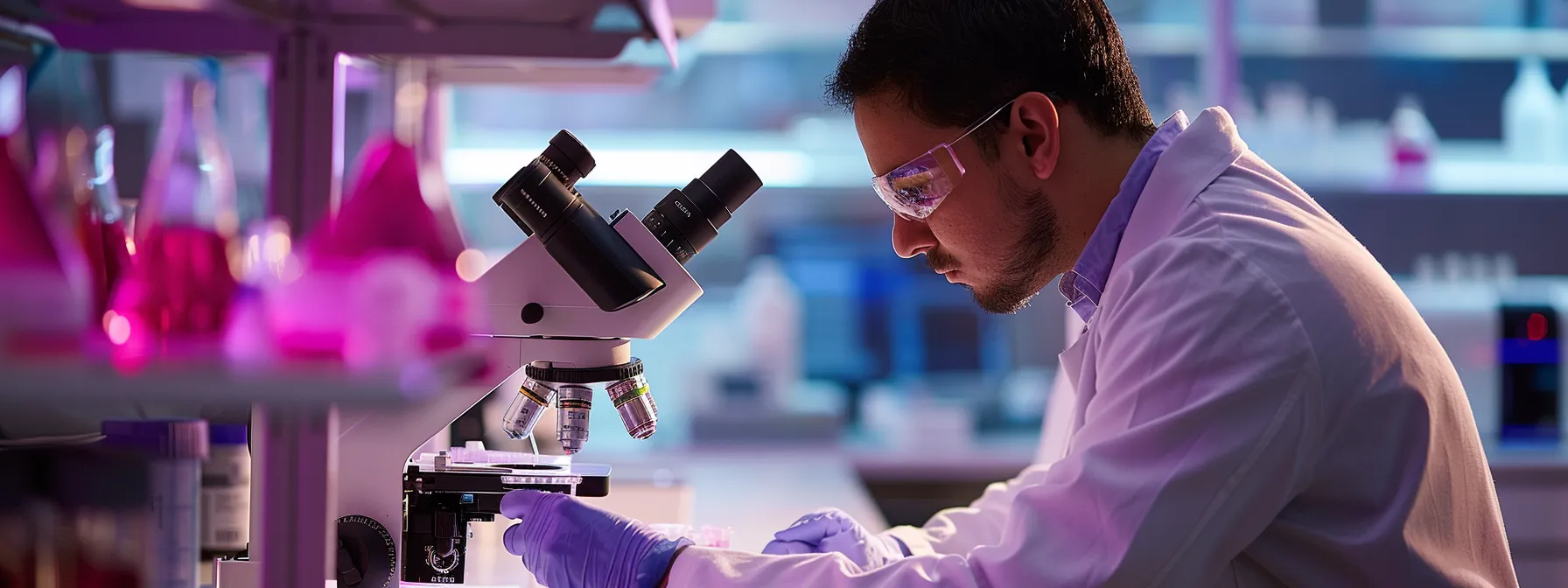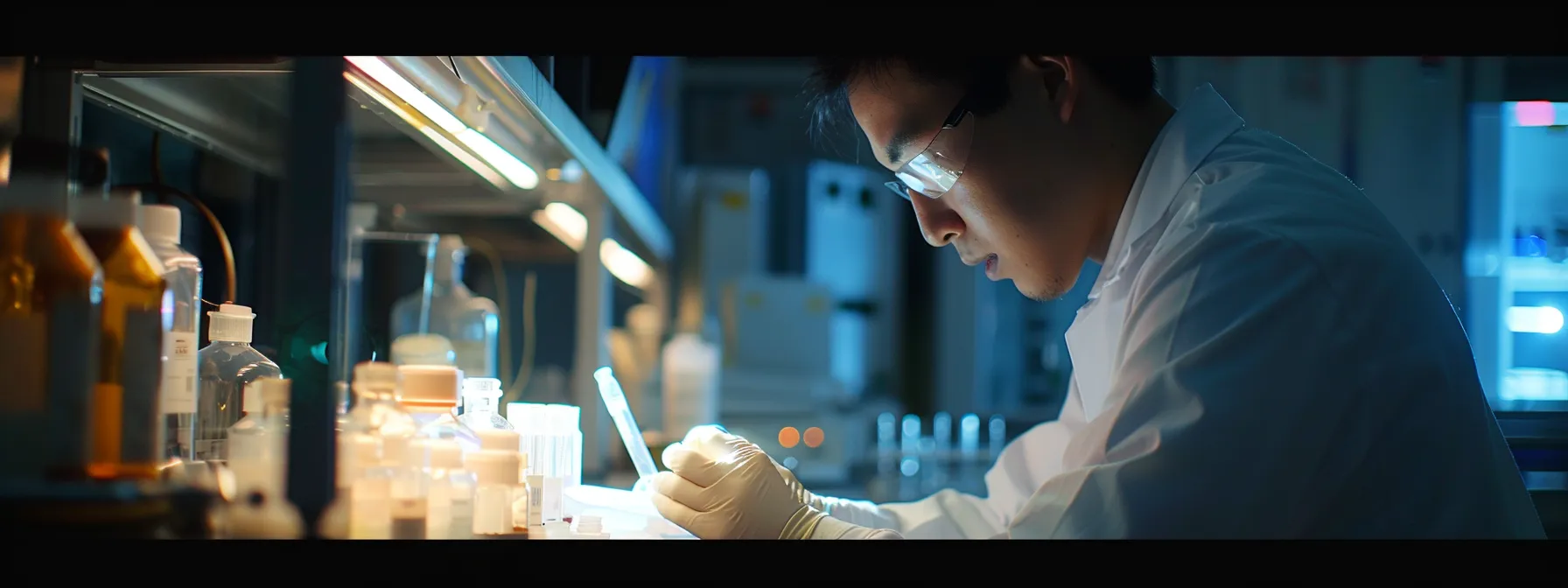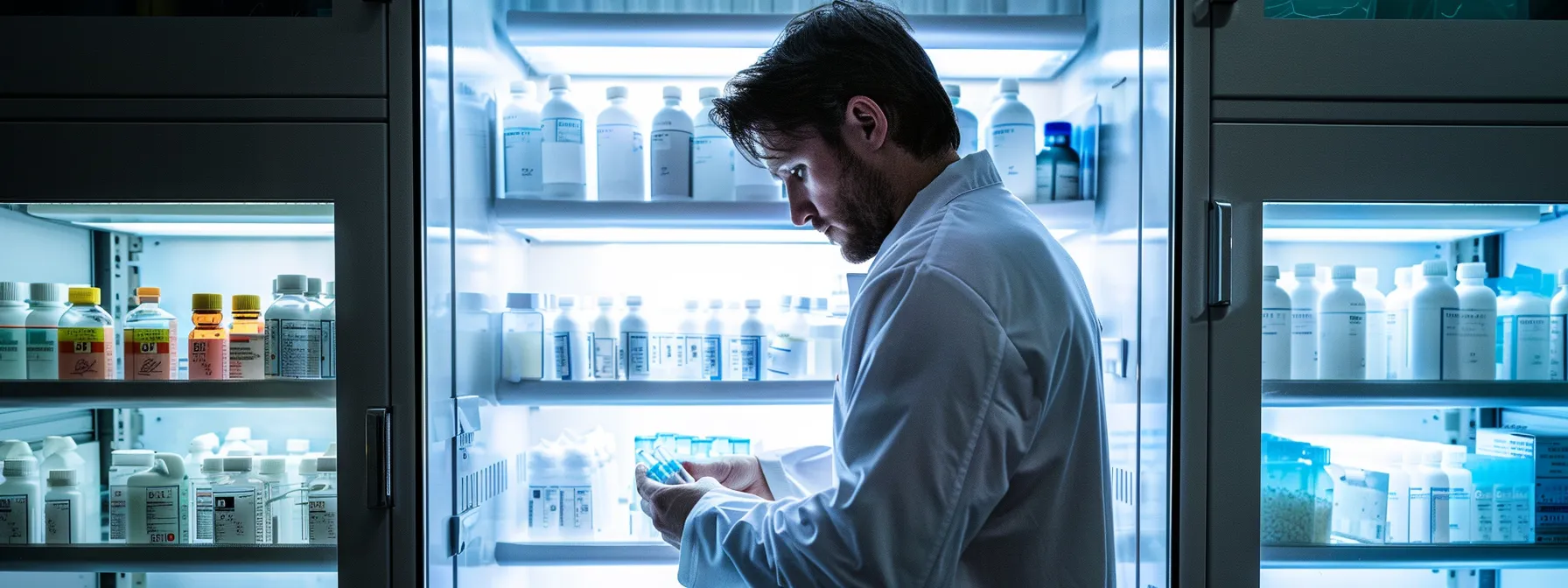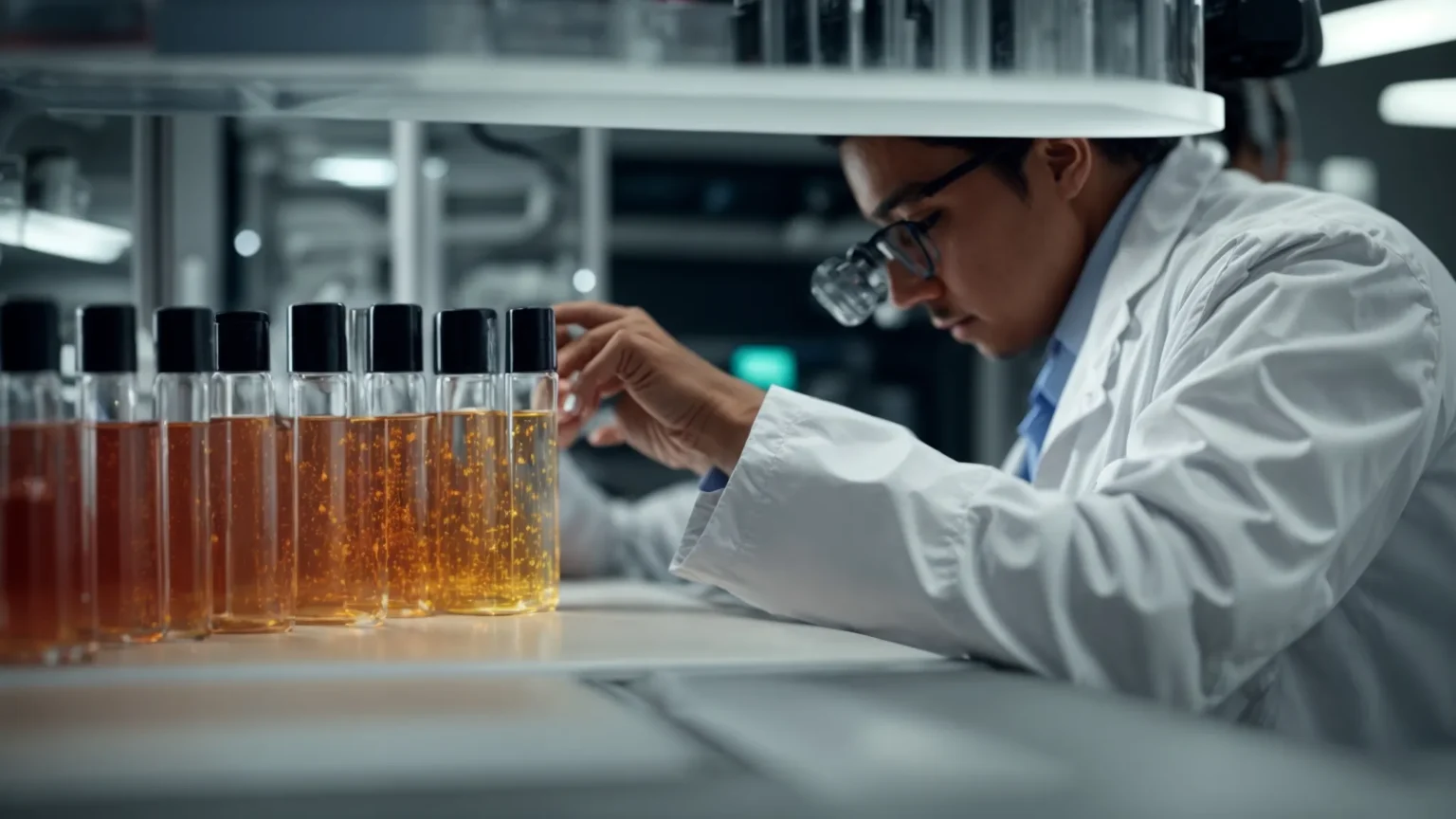Purchasing LGD-4033: Key Considerations for Researchers
LGD-4033, also known as Ligandrol, is a substance that has garnered significant attention due to its selective androgen receptor modulator properties. Researchers aiming to study the potential therapeutic applications of this compound have to approach the acquisition process with a thorough understanding of key considerations. Continue reading to learn the most important aspects you need to know when planning to purchase LGD-4033 (Ligandrol) for your studies.
Understanding LGD-4033 and Its Research Applications

Initially developed for the treatment of muscle wasting and osteoporosis, LGD-4033 is valued in research for its anabolic effects that are mostly limited to muscle and bone tissues. This selectivity sets it apart from traditional anabolic steroids, which can have widespread effects on the body. The compound’s ability to stimulate muscle growth without the adverse effects commonly associated with steroids makes LGD-4033 an intriguing subject for scientific investigation.
Researchers are particularly interested in LGD-4033’s potential to aid in the recovery of injuries and improve muscular dystrophy conditions. It’s this therapeutic promise that drives extensive preclinical and clinical studies. Binding to androgen receptors selectively, Ligandrol is studied for its muscle-building properties and its potential positive impacts on bone density and strength.
The applications of LGD-4033 extend into other areas of health sciences as well, where its effects on lean body mass can be evaluated for benefit in age-related conditions or disorders. With further research, LGD-4033 might contribute to the formulation of new treatments or improve existing ones. This potential underlines the importance of sourcing pure and reliable LGD-4033 for study purposes.
Evaluating the Purity and Quality of LGD-4033 for Research

The reliability of scientific research hinges on the purity and quality of the compounds used in studies. LGD-4033 is no exception, with researchers needing assurance that the substance they purchase is free from impurities and adulterants. Evaluating certificates of analysis (COAs) provided by suppliers is a critical first step in assessing the quality of the product.
A COA should show that the LGD-4033 has undergone rigorous testing using methods such as high-performance liquid chromatography (HPLC) to determine its purity. These documents typically include information on possible contaminant detection, ensuring researchers know what they are working with. If a supplier cannot provide a COA, it’s a red flag that may indicate a lower standard of product quality.
In addition to COAs, researchers should seek out suppliers that maintain good manufacturing practices (GMP) certifications. GMP certification suggests adherence to stringent quality management systems, giving researchers greater confidence in the consistency and safety of their LGD-4033 supply. This factor is especially critical when conducting long-term studies, where batch-to-batch consistency can significantly influence outcomes.
Storage and Handling Practices for LGD-4033 in a Research Setting

Once LGD-4033 makes it to the research facility, it’s important to adhere to proper storage and handling practices to retain the compound’s integrity. LGD-4033 should be stored in a cool, dry place, away from direct sunlight, which can degrade the quality of the substance over time. Managing the compound at stable temperatures may extend its shelf life and sustain its efficacy for ongoing research.
Handling practices also play a crucial role in maintaining LGD-4033’s quality. Researchers should use appropriate personal protective equipment (PPE) and follow protocols to avoid contamination or exposure when working with this compound. Precise dosing and accurate record-keeping are essential in conducting methodologically sound experiments.
In addition, contingency plans for spillage or accidental exposure should be in place as part of the standard operating procedures (SOPs) in a research environment. These plans help maintain a safe workspace and can reduce the risk of compromising research outcomes. LGD-4033 handling and storage protocols should align with the guidelines established by occupational safety boards and local regulations.
Overall, the careful procurement and diligent management of LGD-4033 are fundamental responsibilities of the research community. By focusing on these aspects, scientists can maintain the highest standards of accuracy and ethics in their work, potentially unlocking new insights into the applications of this promising compound.







